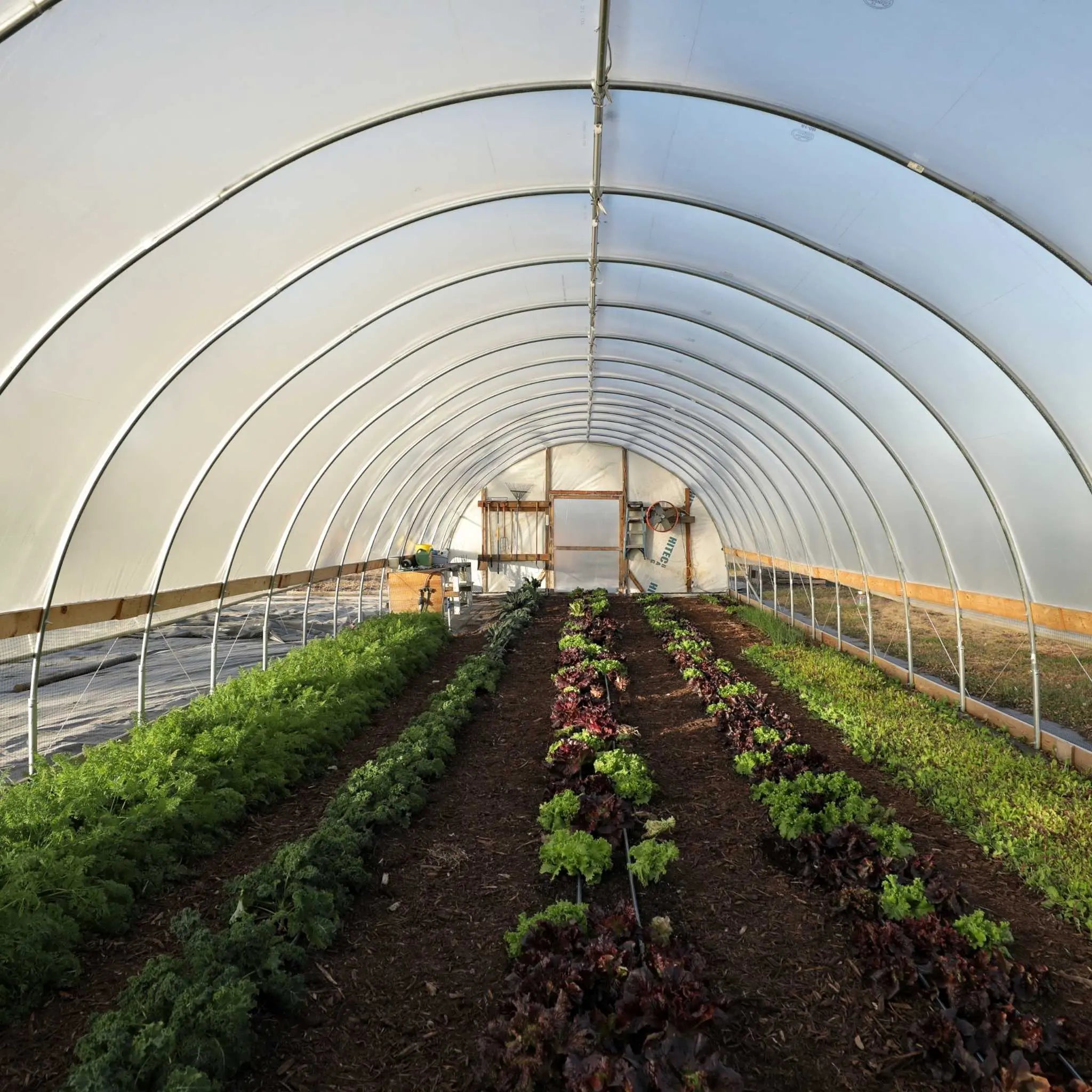Greenhouse Layout: Producing an Eco-Friendly Expanding Space
Find out how to develop a greenhouse that makes best use of natural light, conserves water, and integrates sustainable power resources. By picking lasting products and implementing energy-efficient heating and cooling systems, you can create a greenhouse that is both productive and environmentally aware.
Selecting Sustainable Materials
When designing your environmentally friendly greenhouse, prioritize sustainability by thoroughly selecting materials that are environmentally-friendly and promote energy performance. Among one of the most vital facets of producing a green greenhouse is picking lasting materials. By going with materials that have a marginal influence on the setting, you can minimize your carbon footprint and contribute to a more lasting future.
Begin by thinking about the materials used for the framework of your greenhouse. Try to find choices such as sustainably harvested wood or recycled products. These options not only lower the need for new resources yet likewise avoid waste from winding up in landfills. In addition, take into consideration using materials that have a high thermal mass, such as rock or concrete, as they can aid control the temperature inside the greenhouse, lowering the requirement for excessive home heating or cooling.
Another crucial factor to take into consideration is the glazing material for your greenhouse. Select products that give exceptional insulation residential properties, such as double- or triple-pane glass or polycarbonate panels. These products can help trap warmth inside the greenhouse, decreasing the quantity of power needed for home heating throughout chillier months.
In addition, when selecting materials for the inside of your greenhouse, go with sustainable alternatives such as bamboo or reclaimed wood for shelving and benches. These products are not just resilient yet also promote the accountable use resources.
Making Best Use Of Natural Light
To make best use of natural light in your green greenhouse, focus on the tactical placement of home windows and skylights to maximize sunlight exposure throughout the day. This is a vital variable in creating an optimal expanding atmosphere for your plants. When selecting the placement of windows, consider the path of the sun throughout the day and exactly how it will impact the different areas of your greenhouse. South-facing windows will get the most sunlight, while east-facing windows will capture the morning sun and west-facing windows will receive the mid-day sunlight. By purposefully positioning home windows on these sides, you can make certain a regular and also circulation of sunshine throughout the day.
Skylights are another effective means to make best use of all-natural light. They enable sunlight to get in from above, supplying an extra source of light for your plants. When mounting skylights, consider their dimension and position. Bigger skylights will certainly allow more light to get in, however make sure they are not also big that they cause too much warm or glare. Placement them in locations where they can offer straight sunlight to your plants without casting shadows on various other areas.
Carrying Out Energy-Efficient Heating and Air Conditioning Systems
To additionally enhance the power efficiency of your environment-friendly greenhouse, consider carrying out energy-efficient home try this heating and cooling systems. These systems play an essential role in preserving optimum temperature and humidity degrees for your plants, while minimizing energy intake and reducing your greenhouse's carbon impact.
:max_bytes(150000):strip_icc()/GettyImages-1221376177-a86b340094864992a4ecbcb459093d7b.jpg)
This permits for the exchange of fresh air and assists control the temperature inside the greenhouse. These systems make use of much less energy compared to typical air conditioning devices and can successfully lower the temperature level inside the greenhouse.
Water Preservation Methods
To further boost the power efficiency of your eco-friendly greenhouse and proceed decreasing its environmental influence, it is essential to implement reliable water conservation techniques. Water is a priceless resource, and with the right approaches, you can decrease your greenhouse's water consumption while still supplying optimal problems for your plants.
One way to preserve water is by utilizing a drip watering system. This technique delivers water directly to the plant origins, lessening evaporation and making sure that water goes where it is needed most. In addition, installing a rain harvesting system can help store and capture rainwater for later usage in your greenhouse. This not only decreases your reliance on municipal water resources yet likewise conserves you money over time.
One more method is to mulch your plants. Adding a layer of organic product around the base of your plants aids keep wetness in the dirt, reducing the demand for regular watering. Furthermore, consider making use of a water-efficient potting mix that maintains dampness while still offering appropriate have a peek here water drainage.
Lastly, monitor your greenhouse's water usage consistently. By keeping track of just how much water you are utilizing, you can recognize locations for renovation and make necessary adjustments.
Incorporating Renewable Energy Resources

Final Thought
Finally, by carrying out sustainable materials, making the most of natural light, utilizing energy-efficient home heating and cooling down systems, exercising water preservation techniques, and incorporating sustainable power resources, you can develop an eco-friendly greenhouse design. This will not only benefit the atmosphere however likewise advertise lasting and healthy plant growth. So, proceed and make a positive effect on the world by creating an environment-friendly expanding area.
When designing your eco-friendly greenhouse, prioritize sustainability by carefully picking products that are environmentally-friendly and advertise energy efficiency. These materials can aid catch warm inside the greenhouse, decreasing the amount of energy required for home heating during colder months.
These systems use much less energy compared to typical air conditioning devices and can successfully reduce the temperature inside the greenhouse.
You can integrate sustainable power resources right into your greenhouse style to make it extra lasting and eco-friendly.In conclusion, by implementing sustainable materials, taking full advantage of natural light, utilizing energy-efficient heating and cooling systems, practicing water conservation techniques, and incorporating eco-friendly power resources, you can produce an environment-friendly greenhouse style.